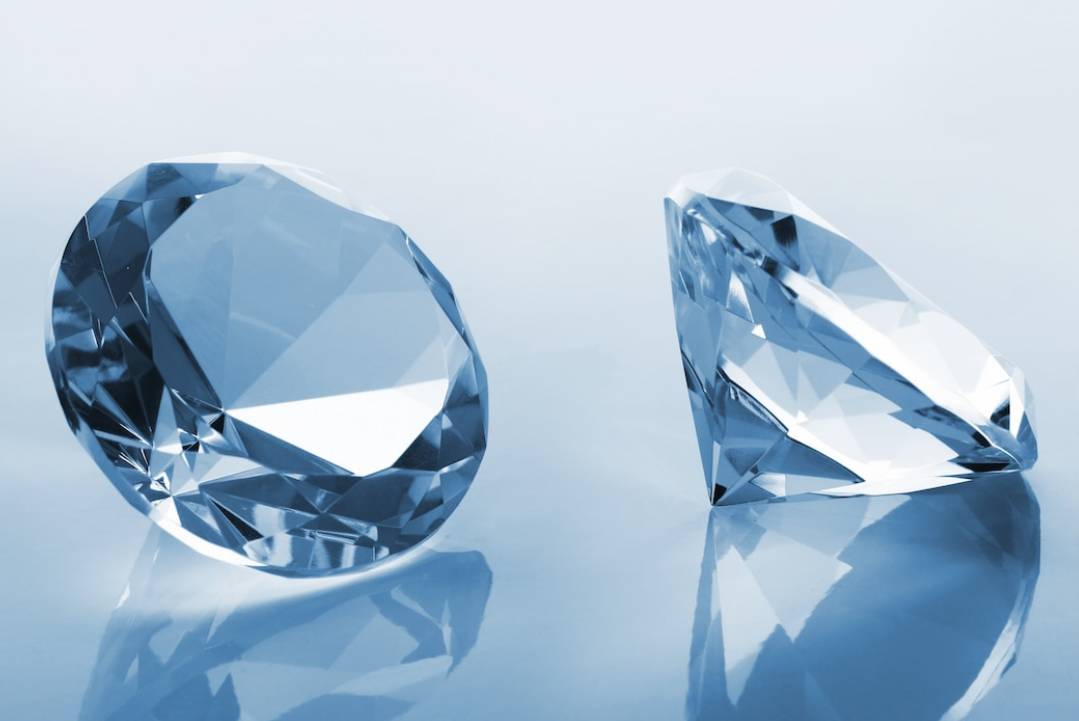Diamonds are memorable and priceless gifts that are favorites for many different occasions. Apart from the mined or natural diamonds. we also have the lab-grown diamonds available now. Go through the information and read the article given below to find out a complete answer to the question “What are lab grown diamonds?” and to know everything about laboratory diamonds (including their benefits).
The Origin of Lab-Grown Diamonds
Lab-grown diamonds are just like mined or natural diamonds. The only aspect in which a lab diamond differs from a mined diamond is its origin. Diamonds grown in the lab have the same chemical and physical properties. They are made using the latest technology that replicates the growth process of the natural diamond.
Laboratory Processes for Manufacturing Diamonds
The natural process through which a mined or natural diamond is made starts somewhere between 1 to 3 billion years ago. The carbon dioxide within the earth is exposed to high heat at 2200 degrees Fahrenheit or even more. The substance particles are also exposed to a pressure of approximately 727000 pounds/square inch. The carbon particles undergo structural changes over these years and the diamonds are formed. Volcanic eruptions bring out these diamonds from the core of the earth to its surface, or they may be embedded deep within mines.
In the laboratory process for making diamonds, high pressure and temperature are applied to be substances and carbon particles. The laboratory processes mimic the natural processes in certain ways. However, diamonds can be grown in laboratories much faster. The two processes that are used for manufacturing diamonds in laboratories are given below.
HPHT (High-Pressure High Temperature)
Different kinds of presses (including the cubic press, belt press, or the split sphere press) can be used for manufacturing a diamond through the HPHT laboratory process. A high-pressure environment is created within the lab, which ensures that the carbon molecules undergo the requisite structural change and deposit to form diamonds. A small seed of diamond is placed within carbon coats. This seed of carbon is subsequently exposed to a pressure of 1.5 million pounds/square inch and a temperature of 1500 degrees Celsius. The carbon seed grows over a period due to artificial conditions and the deposition of carbon.
CVD (Chemical Vapor Deposition)
The CVD process may also use a diamond seed. A seed obtained through the HPHT process is often used as the starter material for the CVD process. A temperature of approx. 800 Celcius is applied to the sea that is located within a seed chamber. This chamber is filled with gases rich in carbon. At such a high temperature and pressure, the molecules of gas start to ionize. Carbon starts to deposit on the seed and it grows to form a diamond. However, when compared to HPHT, the CVD process utilizes less pressure and heat.
Certification of the Lab Grown Diamonds
It is important to look for the certification aspects of the lab-grown diamonds as well. These diamonds may also be graded according to their quality. Some of the prominent agencies and organizations that provide certification to all kinds of diamonds (including the lab-grown diamonds) in terms of 4C’s (including clarity, cut, color, and carat) are listed below.
- American Gem Society
- Antwerp World Diamond Center
- Gemological Science International
Benefits of the Man Made/Laboratory Diamonds
The laboratory-grown diamonds offer certain distinctive and important benefits and advantages over the mined diamonds.
- The laboratory-grown diamonds cost less when compared to the mined diamonds while having the same structural, physical, chemical, and other characteristics.
- A diamond can be grown in a lab in a few weeks. A mined or natural diamond grows over billions of years.
- Lab-grown diamonds are available in all kinds of caret weights, shapes, sizes, and designs. They may be even more desirable for certain ornaments including engagement rings.
Lab diamonds may also be more friendly for the environment as they do not require any mining and energy consumption. The cost of producing a diamond in the laboratory is much more when compared to the cost of mining it. Mining diamonds may impact the environment and the planet adversely.
Conclusion
Whether you are looking for an engagement ring or any other diamond ornament and jewelry, the lab-grown diamonds can offer you the greatest benefits at the least cost. The genuine, certified, and graded lab-grown diamonds are also available on Rare Carat. It is a licensed and certified seller of both lab-grown and natural diamonds.











